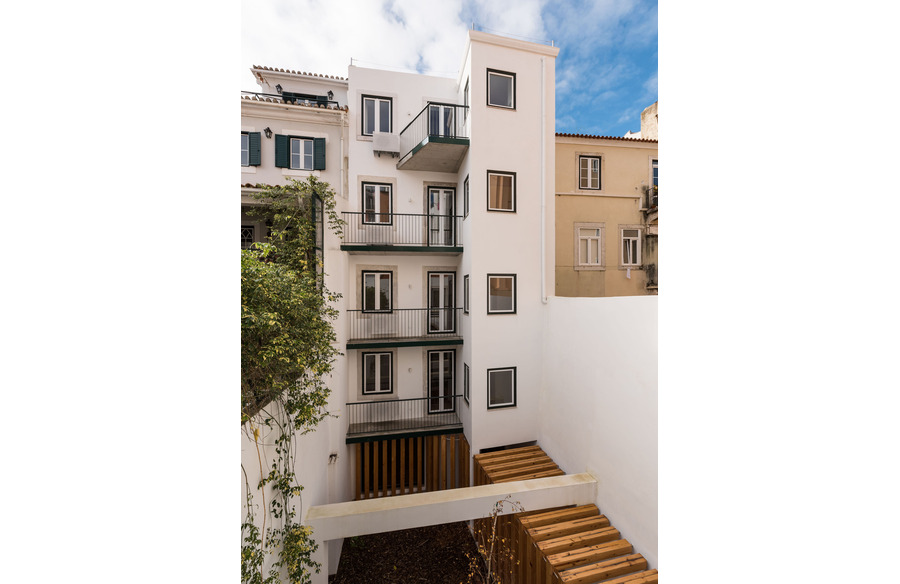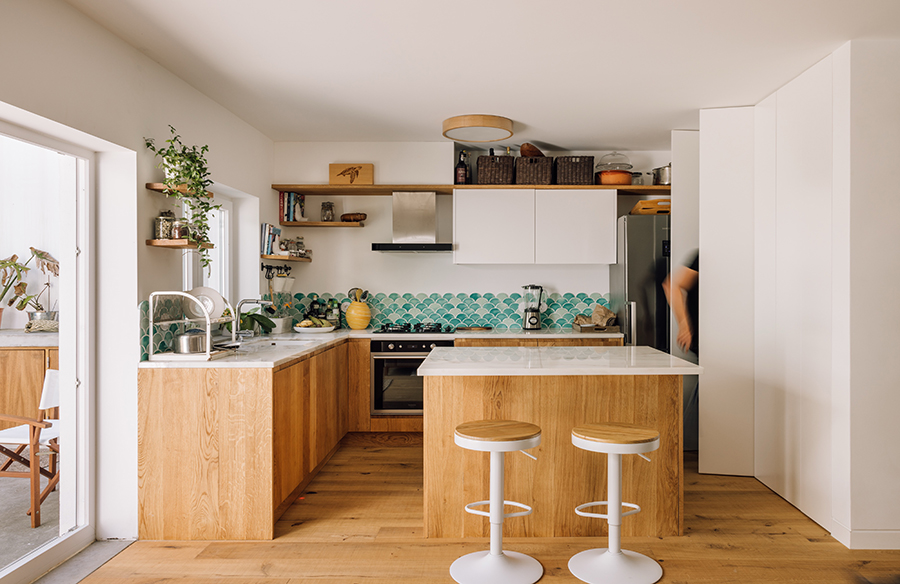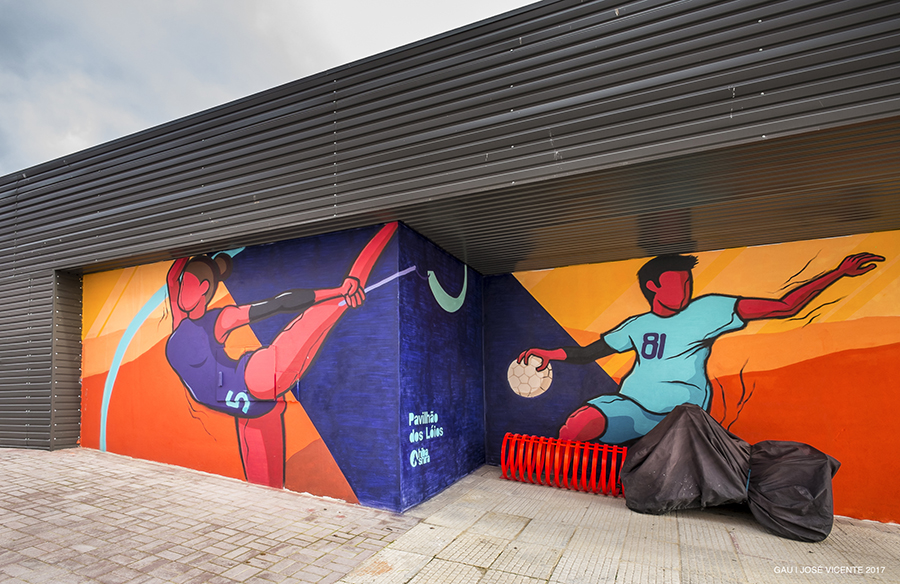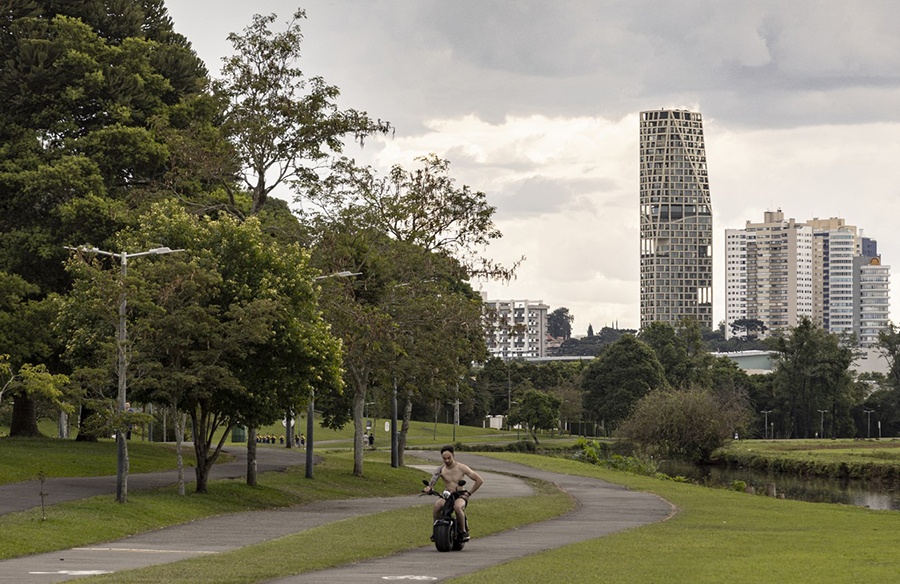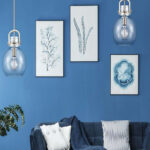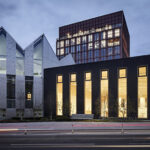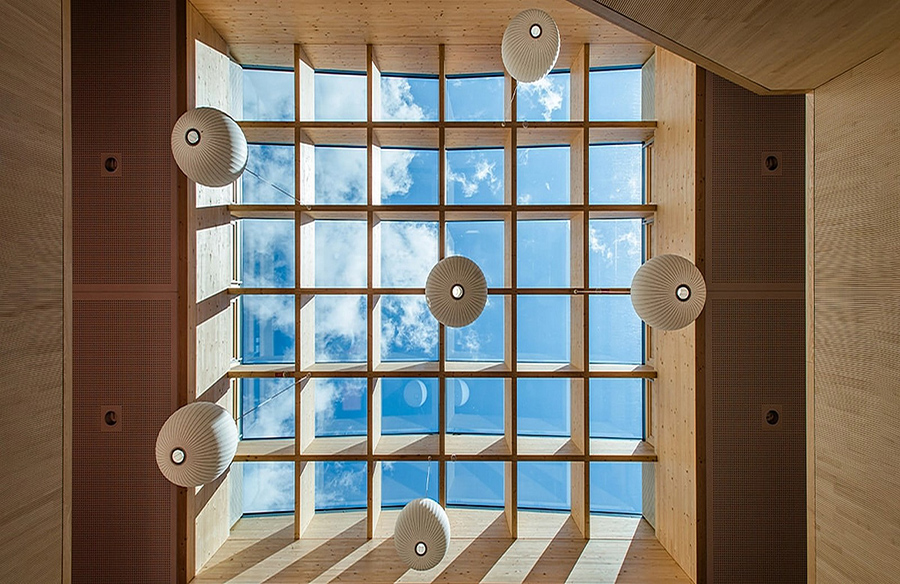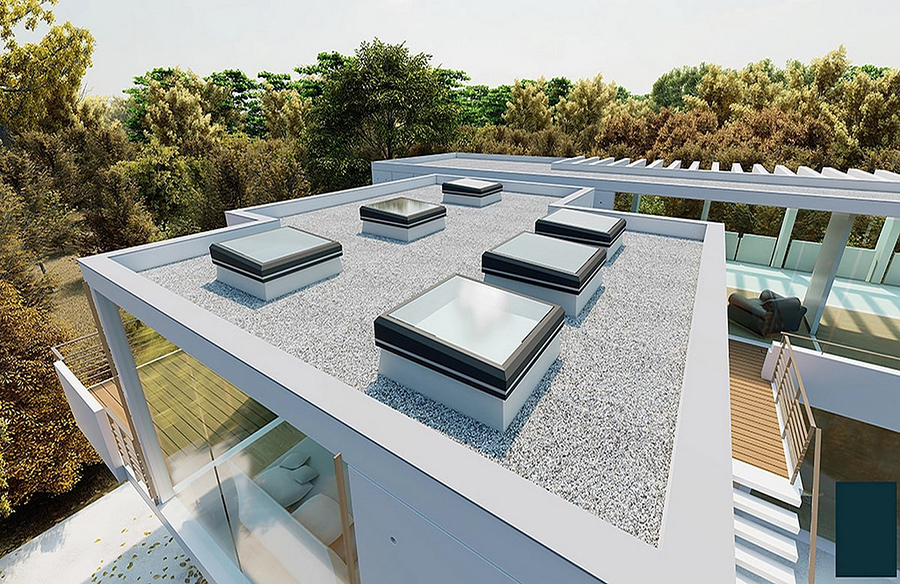In the intricate fabric of human existence, the significance of lighting transcends mere visibility—it assumes the role of a subtle conductor, influencing emotions, performance, and overall well-being. This exploration delves into the profound impact of lighting on the human psyche, shedding light on how various lighting scenarios can evoke emotions, enhance productivity, and shape environments that resonate with the essence of human nature.
Sculpting Luminance, Shaping Moods
Setting the Emotional Stage
Light possesses a transformative power, capable of setting the emotional stage in any environment. Warm, soft lighting evokes comfort and relaxation, creating cozy atmospheres. Conversely, cool and bright lighting instills alertness and focus, suitable for workspaces. Understanding how different color temperatures influence mood allows intentional design for specific emotional states.
Chromotherapy: The Influence of Color
Beyond illumination, the color spectrum plays a pivotal role in shaping emotional responses. Chromotherapy, or color therapy, recognizes the psychological impact of colors on human emotions. Blue hues induce calmness, ideal for bedrooms, while vibrant reds stimulate energy, suitable for social spaces.
Productivity & Performance
Enlightening Workspaces
Lighting conditions in workspaces profoundly influence productivity. Natural light, linked to improved mood and cognitive function, reduces reliance on artificial lighting. Task lighting tailored to activities minimizes eye strain, fostering a conducive atmosphere for sustained focus.
Circadian Rhythms: Lighting and Sleep
Lighting directly impacts circadian rhythms, regulating sleep-wake patterns. Exposure to bright, natural light during the day promotes alertness, while warmer lighting in the evening supports the transition into restful sleep.
Spatial Perception and Comfort
Shaping Insight through Light
The interplay of light and shadow significantly contributes to spatial perception. Well-designed lighting enhances the perceived size and layout of a space, creating focal points that guide observers and contribute to a comfortable atmosphere.
Flexibility in Spatial Configurations
Dynamic lighting solutions provide adaptability in spatial configurations. Adjustable fixtures allow modification of lighting angles, intensity, and color, valuable in multi-functional spaces where lighting needs may vary.
Light and Wayfinding
Light serves as a guide, creating a visual hierarchy through thoughtful illumination. Effective wayfinding lighting ensures stress-free navigation within a built environment.
Experiential Lighting: Engaging the Senses
Multisensory Environments
Experiential lighting engages multiple senses to create immersive environments. Incorporating ambient sounds, aromas, and tactile experiences alongside lighting enhances the overall sensory journey.
Interactive Lighting Installations
Advancements in technology have led to interactive lighting installations that respond to human movement or touch. These installations create dynamic lighting experiences, blurring the boundaries between art and observer.
Human Connection and Social Spaces
Social Dynamics of Light
In social spaces, lighting becomes a choreographer of human interactions. Soft, warm lighting fosters intimacy, while brighter lighting in communal areas promotes energetic atmospheres.
Hospitality and Mood Enhancement
The psychology of lighting is evident in hospitality settings, where lighting contributes to specific moods and enhances the guest experience. The artful use of lighting in design becomes a tool for crafting memorable experiences.
Biophilic Design: Bringing Nature Indoors
Biophilic design principles in lighting involve incorporating elements inspired by nature. Natural light patterns contribute to a healthier environment, positively impacting mood and well-being.
Conclusion
In the symphony of human experience, lighting emerges as a conductor, shaping emotional notes and orchestrating behavioral rhythms. Unraveling the psychology of lighting empowers designers to create environments resonating with the essence of human nature. From the soothing embrace of warm tones to the invigorating energy of cool lighting, every illumination choice influences the human psyche. Harnessing the power of light becomes a transformative journey—a journey where the interplay of illumination and shadows crafts spaces that nurture emotions. This symphony of light is a perpetual source of inspiration, allowing us to sculpt environments resonating deeply with the human spirit.





